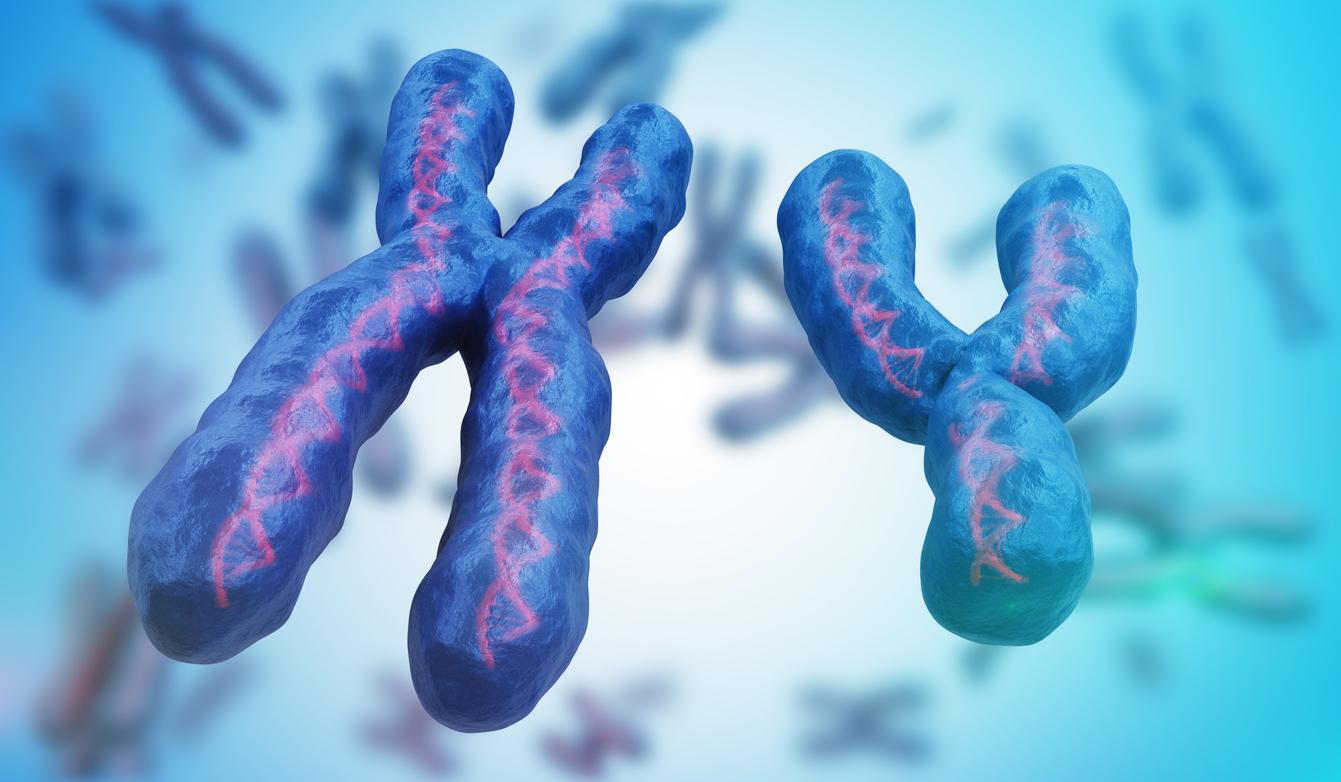August 23, 2004 – For the first time, researchers have observed that the brains of people with autism function differently from those who do not have the disorder.
Using the technique of magnetic resonance imaging, a team of American and British researchers were able to compare the brain activity of young adults with autism with that of non-autistic participants, during reading sessions.1.
They looked at two regions of the brain associated with language and observed three particular differences. First, Wernicke’s area, responsible for assigning meaning to words heard, was more active in autistic people. Then, the Broca area, responsible for producing the articulation of words, was on the other hand less active in autistic people. And finally, the brains of autistic people found it more difficult to synchronize these two regions than that of other participants.
This poor synchronization would be an avenue to be explored. The research team calls this lack of communication between the two areas of language: underconnectivity theory. It is based on growing medical documentation which indicates that the connections (white matter) between nerve fibers (gray matter) are less dense and less abundant in the brains of autistic people. Gray matter would adapt to this situation by overspecializing certain regions of the brain, while neglecting others. This would partly explain the fact that some autistic people can, for example, develop a great capacity to perform arithmetic calculations.
This hypothesis of poor language connectivity could explain the cause of autism. If the hypothesis can be applied to other regions of the brain, one could, for example, understand why some autistic people are hypersensitive to their environment. It would then be possible to develop treatments intended to stimulate the growth of white matter in autistic people.
Autism is still a mystery within the scientific community. Its origins are unknown and there is no specific cure or medication dedicated to its treatment. Autism affects 34 out of 10,000 children: three times out of four, it is a boy.
Marie france Coutu – PasseportSanté.net
According to The Economist.
1. Just MA, Cherkassky VL, Keller TA, Minshew NJ, Cortical activation and synchronization during sentence comprehension in high-functioning autism: evidence of underconnectivity, Brain, August 2004, 127, 1811-21.

















